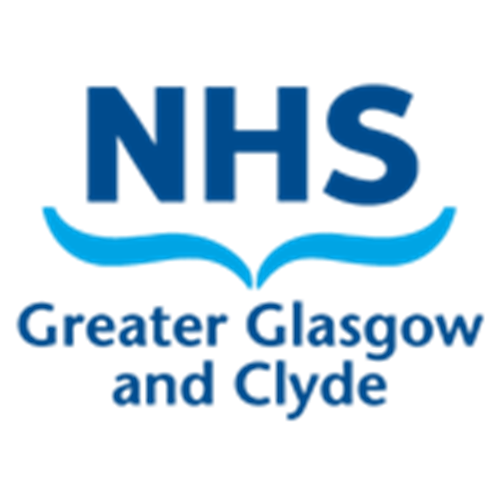- record an accurate, detailed history
- include onset, amount of bleeding, associated pain, recent intercourse, smear history, associated shortness of breath or dizziness, presence of fetal movements
- risk factors for placental abruption/praevia should also be sought
- Record MEOWS – blood pressure, heart rate, respiratory rate, temperature
- Record urinalysis
- Gentle abdominal palpation and assessment of fundal height as well as uterine activity
- Auscultate fetal heart and commence CTG (if over 26 weeks) – if unable to locate FHR with Doppler then USS should be utilised
- Maternal Rhesus status should be noted
- Review previous USS reports for documentation of placental site
Speculum Examination/Digital Vaginal Examination
- Vaginal examination should not be performed until placental site is established
- In cases of placenta praevia digital vaginal examination should be avoided Placenta Praevia guideline
- Can be useful to identify cervical dilatation or cause for APH in lower genital tract
- If clinically suspicious cervix refer to management of cervical abnormalities in pregnancy guideline
- HVS should be performed if appropriate
Maternal Investigations
- Should be performed to assess the extent and physiological consequences of APH and will depend on amount of bleeding
- In minor APH a FBC and G&S should be performed. A coagulation screen is not indicated unless platelet count is abnormal. BOS Guideline
- Kleihauer test should be performed in Rhesus D – negative mothers to quantify fetomaternal haemorrhage in order to gauge the dose of anti-D immunoglobulin required. Anti-d
Management
- Management will depend on severity of bleeding/cause/maternal and fetal compromise
- Involve senior obstetric consultant/clinician early if concerns
- Consider IV access (16G) if clinically appropriate
- Consider antenatal corticosteroid therapy for fetal lung maturation – refer to relevant guidelines
- All women with APH heavier than spotting and women with ongoing bleeding should remain in hospital at least until bleeding has settled
- Women presenting with spotting who are no longer bleeding and where placenta praevia has been excluded can go home if initial clinical assessment is reassuring with appropriate consideration to patient’s geographically location.
- In women with APH >37 weeks gestation consider expediting delivery
- Following a single episode of APH or recurrent episodes thought to be from a cervical ectropion, subsequent antenatal care need not be altered.
- Following APH from placental abruption or unexplained causes, the pregnancy should be reclassified in Badgernet as High Risk and antenatal care should be consultant-led with serial growth scans, at least until subsequent growth scans demonstrate normal fetal growth and there is no further risk of APH.
Recurrent APH (more than 1 episode)
- If recurrent APH, including from unexplained causes, then the pregnancy should be classified in Badgernet as High Risk and antenatal care should be consultant-led with serial growth scans.
